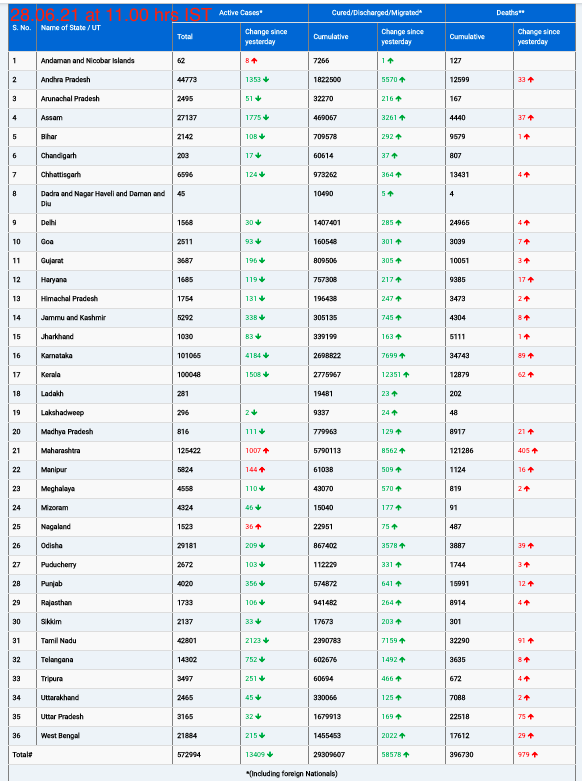A recent study published in Regional Anesthesia & Pain Medicine has uncovered a significant link between excess abdominal fat and widespread chronic musculoskeletal pain, with a pronounced effect observed in women. This research marks the first comprehensive investigation into the association between abdominal fat and chronic pain across multiple body sites.
The study analyzed data from 32,409 participants in the UK Biobank, with an average age of 55. Among them, 51% were women. Researchers utilized MRI scans to measure both visceral adipose tissue (VAT), which surrounds abdominal organs, and subcutaneous adipose tissue (SAT), located just beneath the skin. Participants were questioned about their pain experiences in areas such as the neck/shoulder, back, hip, knee, or generalized pain across the body lasting more than three months.
Two years later, 638 participants underwent follow-up scans and pain assessments. The analysis revealed a clear dose-response relationship between the amount of chronic pain sites and the levels of VAT, SAT, and the ratio of VAT to SAT. This association was notably stronger in women, with odds ratios for multiple pain sites being twice as high for VAT and 60% greater for both SAT and the VAT ratio. For men, these odds ratios were 34%, 39%, and 13% higher, respectively.
The findings indicate that higher levels of abdominal fat are linked to an increased likelihood of experiencing chronic pain, with a more pronounced effect in women. These results persisted even after accounting for various factors, including age, height, ethnicity, income, education, lifestyle factors, and psychological conditions.
Despite these compelling associations, the study is observational and cannot establish causation. Limitations include the relatively small sample size for repeat imaging and the lack of severity assessment in the pain questionnaire. The authors also note that more frequent follow-ups could provide deeper insights into the patterns and variability of chronic pain sites.
The researchers suggest that targeting abdominal fat reduction could be an effective strategy for managing chronic pain, particularly in individuals experiencing pain across multiple sites. They also hypothesize that the stronger association in women might be related to sex differences in fat distribution and hormonal influences.
For more details, see the study: “MRI-derived abdominal adipose tissue is associated with multisite and widespread chronic pain,” Regional Anesthesia & Pain Medicine (2024). DOI: 10.1136/rapm-2024-105535.












